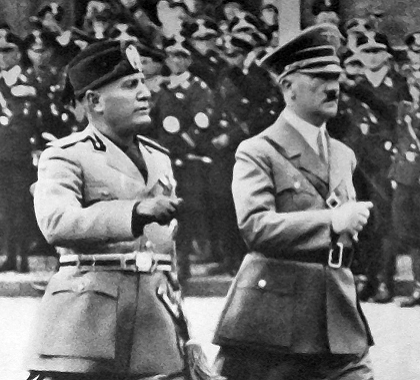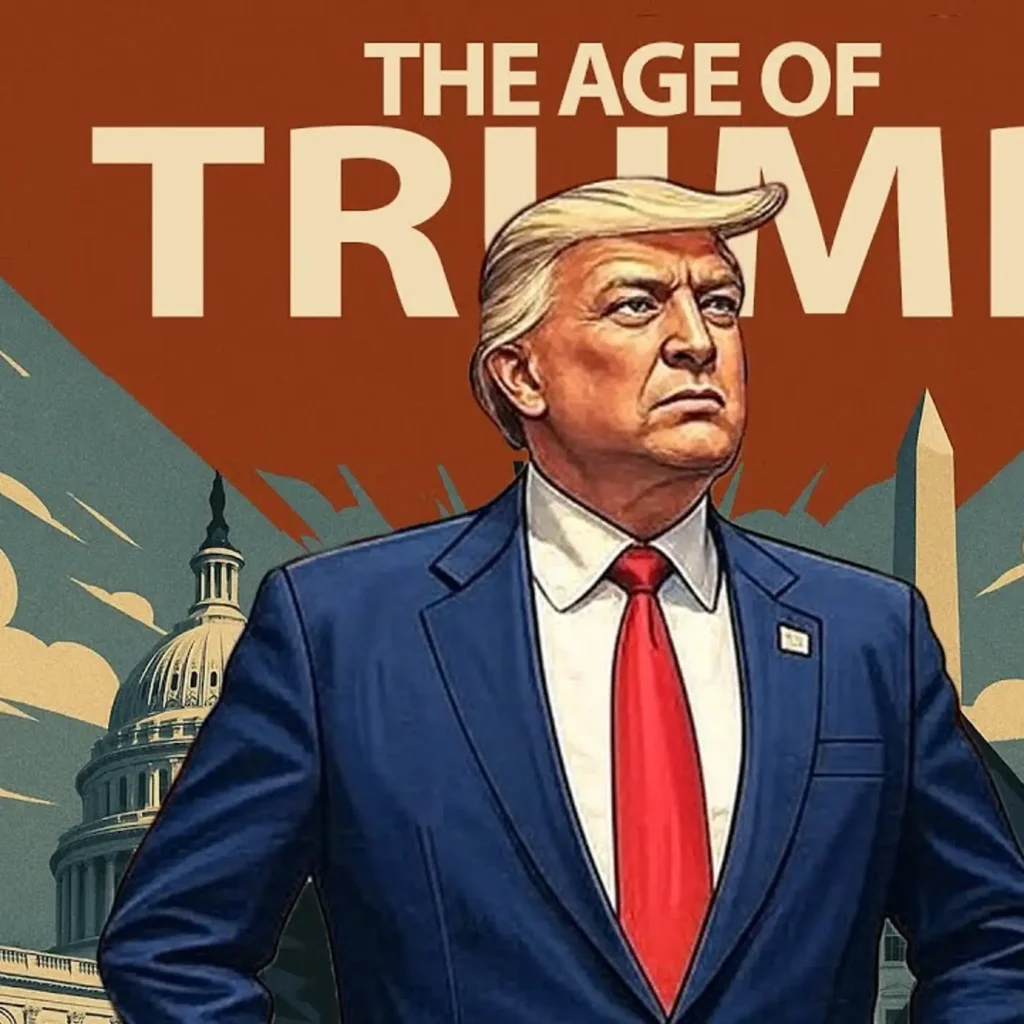At the CPAC conference, there was a dust-up concerning certain persons claiming to be the “alt-right.” One of the organizers of the conference said the people claiming to be the alt-right were not conservatives, but were “left-wing fascists.” He also said they had appropriated the term alt-right. The term “alt-right” emerged to represent a form of journalism in some ways evocative of the late Hunter S. Thompson, with right-of-center views and relying on non-traditional platforms. But, the term has come to mean extreme right-wing. My focus is on the term “left-wing fascism.”
In real time, Benito Mussolini and his movement – fascism or national socialism – was of the left. Mussolini was a great admirer of Karl Marx and Marx’s principle of revolutionary socialism. By “revolutionary socialism,” I mean to distinguish Marxist socialism from the democratic socialists and labor unions that were emerging in Europe.
Mussolini, like Marx and Lenin, saw the party as the vanguard of the working class, a force from without the system that would usher in change. Mussolini was in fact a member of the socialist party of Italy, although he broke with the party on the issue of neutrality during World War I. It was later that Mussolini thought to combine socialism with nationalism, and form a new party. He called the combination “fascism.” A fasces is a bundle of rods, each individually weak while the bundle is strong. Mussolini’s counterpart in Germany called the combination “national socialism.” In Germany, where they like long words, this became “Nationalsozialistische.” In America, where we like short words, this became “Nazi.”
Adolph Hitler was in many ways like Mussolini. Hitler, like Mussolini, was a great admirer of Marx, and was originally a member of the socialist party. Hitler, like Mussolini, served in the army of his country during World War I, and both rose to the rank of corporal. Hitler, like Mussolini, said that the members of the working class were not easily drawn to revolutionary socialism, but were responsive to a combination of socialism and nationalism.
The new national socialist parties of Italy and Germany clashed with the communist parties of those countries. This was a clash of rivals both of which were revolutionary socialist and had the will to power. Then, when the traditional conservative, liberal and democratic socialist parties were in decline, the national socialists rose to power with the support of certain industrialists (we would say “crony capitalists”).
The main difference between Hitler’s form of national socialism and Mussolini’s concerned the meaning of “nationalism.” Hitler thought of nationalism along genetic lines, while Mussolini thought of nationalism along cultural lines. American progressives were, at the time, sympathetic to both points of view. Woodrow Wilson was definitely in the racist camp. Theodore Roosevelt in the cultural camp. Family planning, abortion and forced sterilization were part of the agenda, along with establishing labor colonies for the undesirable elements of society and using public schools to indoctrinate the next generation. In Oregon, the KKK was successful in outlawing private or religious schools until the Supreme Court ruled that to be unconstitutional.
Then came, with the end of World War II, knowledge of the horrors that the Nazis had unleashed upon the world. Certainly, American progressives did not want to be associated with that. So, there was a whitewash of history.
The connections of American progressives with the KKK, forced sterilization, experimentation on prisoners, advocacy of labor colonies, internment of Americans of Japanese descent, and admiration of fascism had to disappear from history. Even more, fascism and racism were redefined as right-wing, instead of left-wing.





